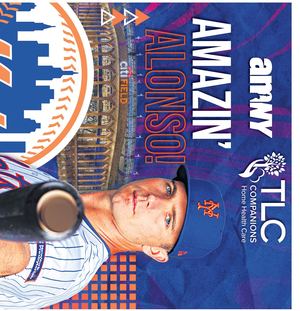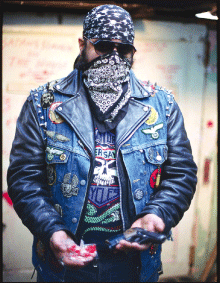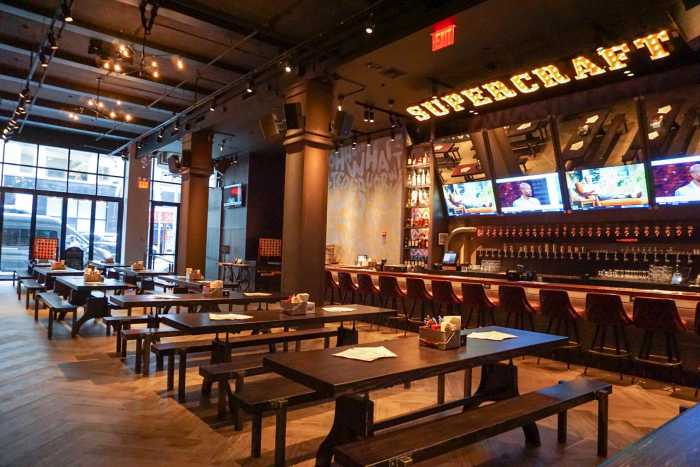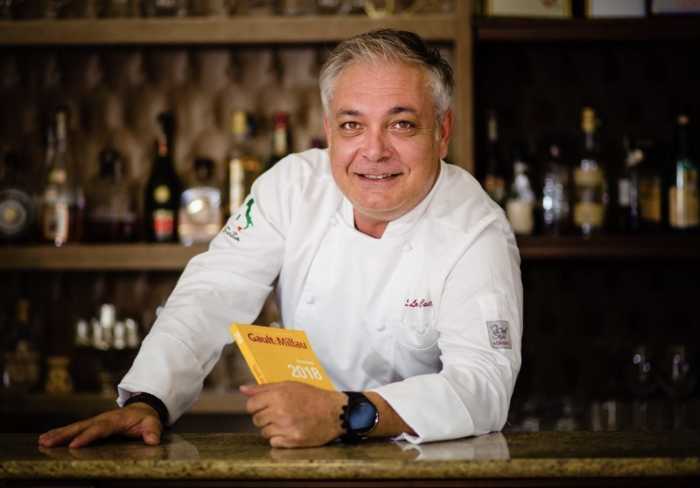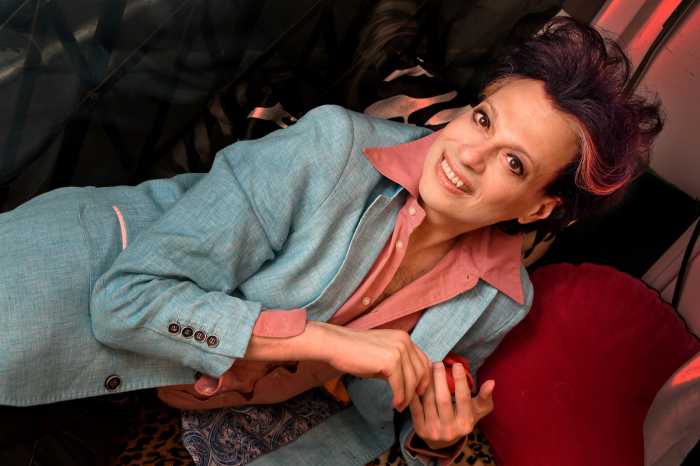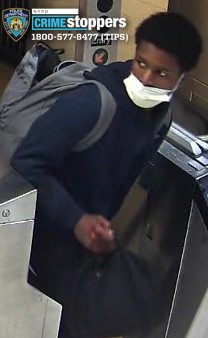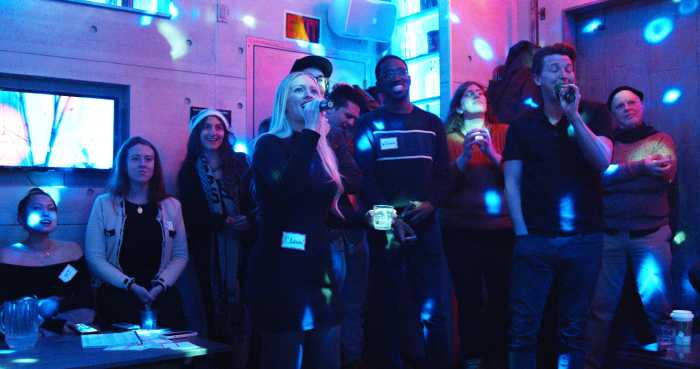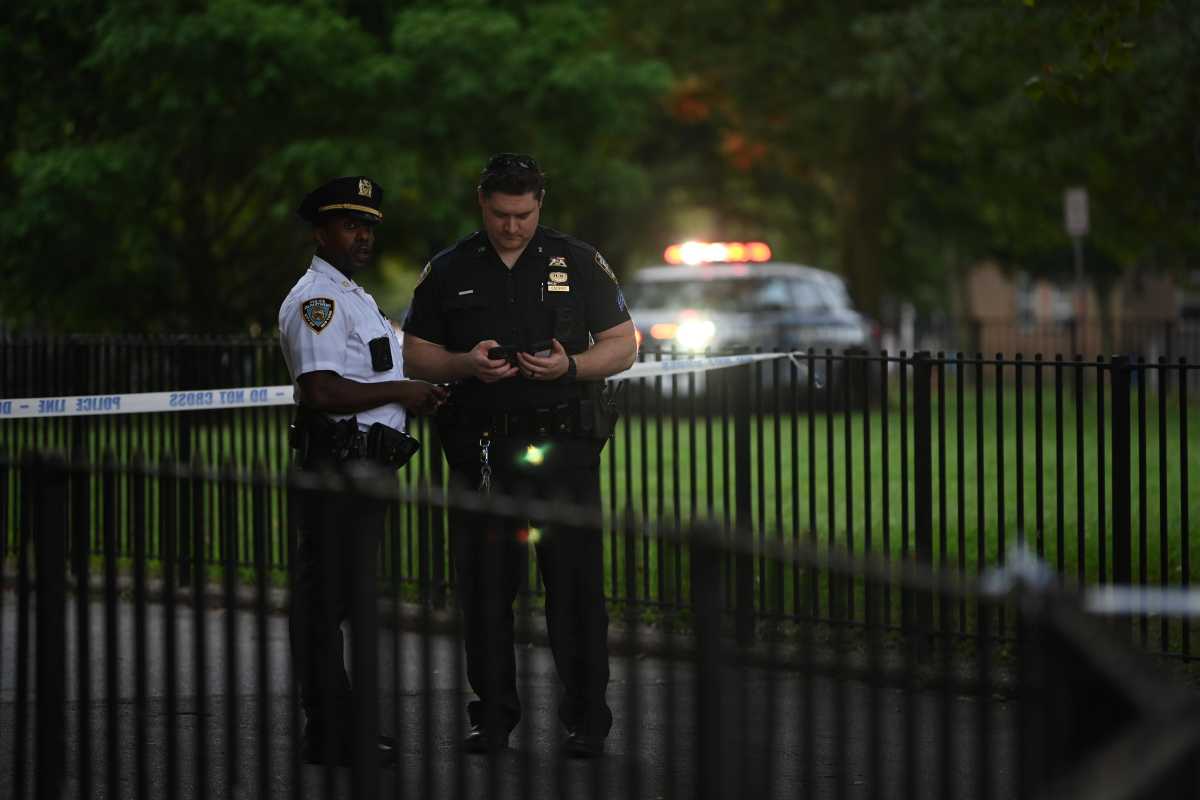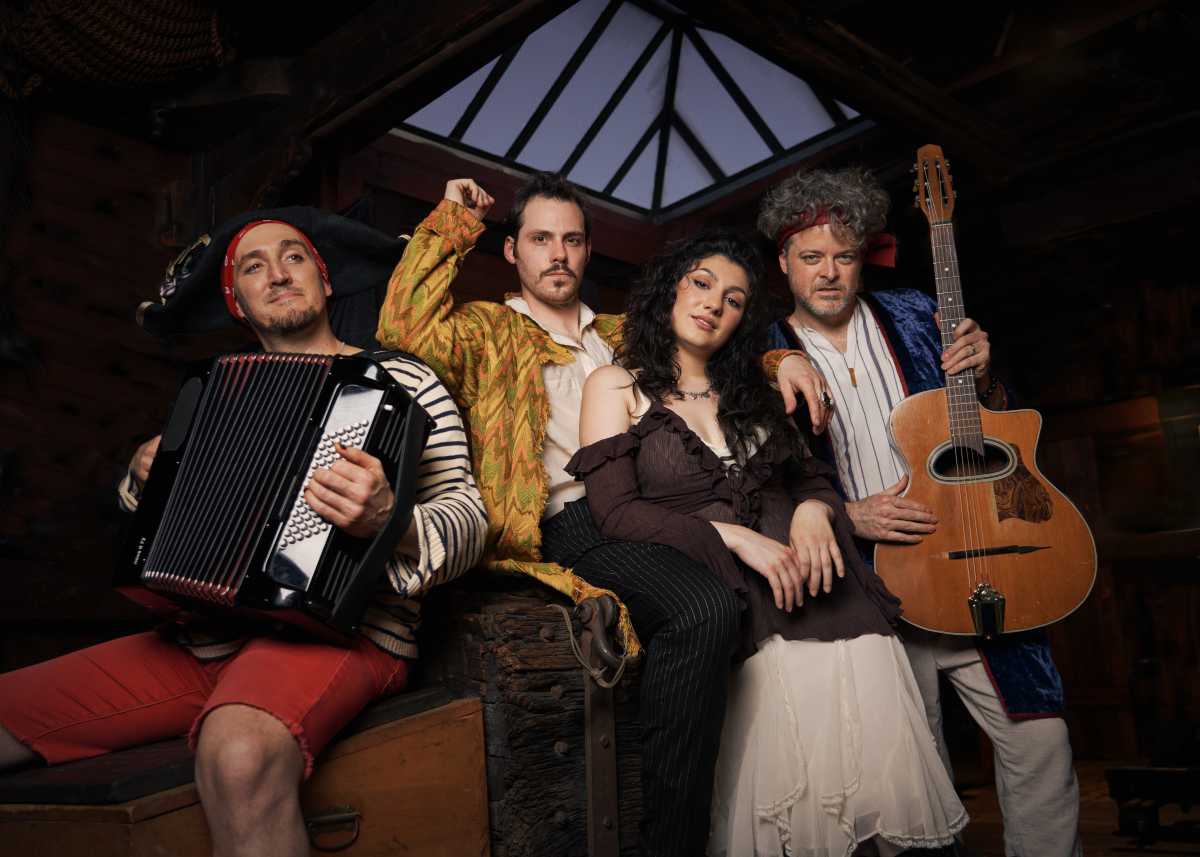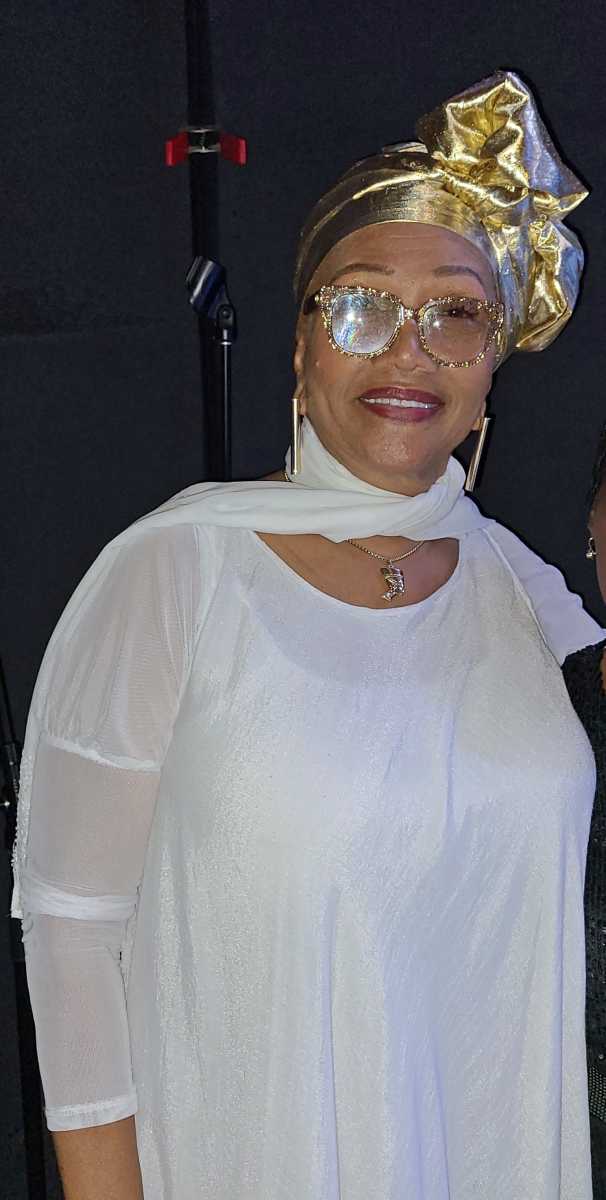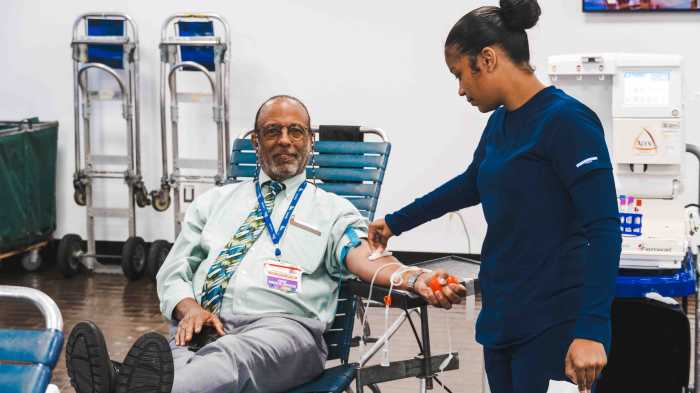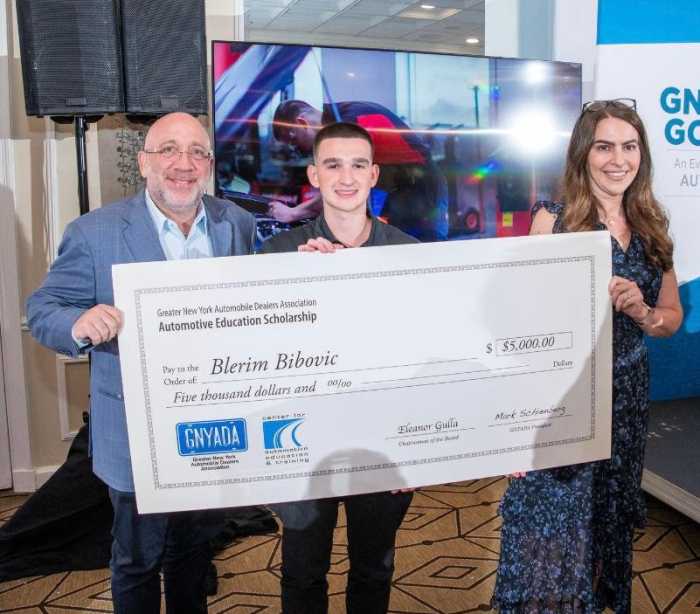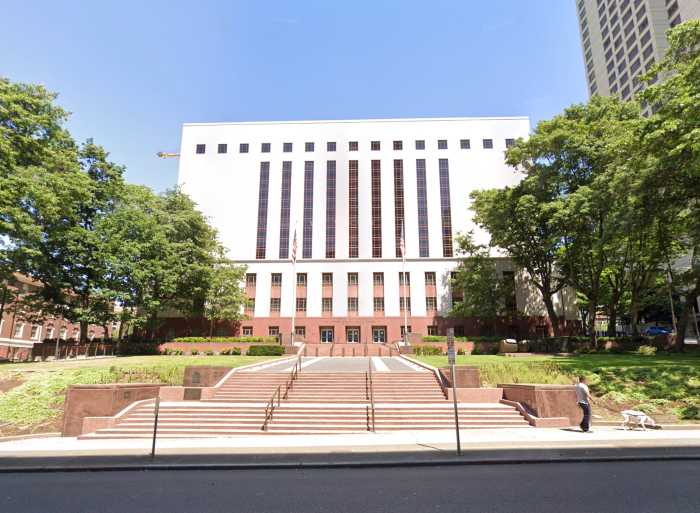BY JEFFREY CYPHERS WRIGHT
With one eye on the hood, and one eye on history, Clayton Patterson says he has taken over a half million photos of Lower East Side denizens in the last three decades. In this place where worlds within worlds exist, Patterson has sought out those who stand out, especially “the forgotten ones,” he says — though not for long: From Sept. 10 through Oct. 27, their portraits will be on view at Kinz, Tillou + Feigen.
The show is Patterson’s first in Chelsea and came about through an Upper East Side connection, Billy LeRoy. An antiques dealer with a downtown heart, LeRoy showed Patterson’s work to Michelle Tillou and Lance Kinz. They decided to open the season with the color portraits’ daring and gritty realism.
A working class boy from Western Canada, Patterson studied art in college, and got a job teaching it in Eastern Canada. After a trip to New York in 1976, he moved to the city and made sculptures and painted while earning a living in a fine art print shop. His long-term partner, Elsa Rensaa, also a painter, worked as a chromist, turning copies of original art by big-name artists into prints.
The burgeoning art world of Soho didn’t appeal to the couple. “It was all about money, sex and drugs in terms of getting ahead,” Patterson says. He was more comfortable as the president of the New York Tattoo Society, where he “was instrumental in legalizing tattooing in New York City.”
Patterson is best known for his tapes of the Tompkins Square riot of 1988. His three and a half hours of footage documented the legendary battle over the neighborhood’s control of the park. The footage also led to the incident being officially referred to as a “police riot,” setting the stage for an overhaul of the Police Department.
Asked what he thinks of other photographers, Patterson cites an affinity with Weegee and Winogrand, Walker Evans and Jacob Riis. Of Edward Curtis’s portraits of Native Americans, he says, “He had empathy with those people… love and a connection. He could bring real individual life to people who are generally thought of as generic.” Likewise, he sees his subjects as “human beings,” not stereotypes.
Patterson’s work, he says, “has always been about community and the neighborhood as a whole. In my sculpture I used debris off the street. It was archeological in a sense.” And as he shifted to photography, that sense became “part of the photo, capturing the meanings, spirits and essence of a time, period and place” as well as “the character, personality and how a person looks.”
In 1983 Patterson and Rensaa moved to Essex Street and opened the Outlaw Museum of Art. The Museum’s shows “were integral to the whole thing — because once again, it’s community. I’ve always been outside the system and I would get substantial players within their own realm to show: Jerry Pagane, Charles Gatewood, Man Woman, Dash Snow, Boris Lurie, the No! artist.”
His graffitied door became a backdrop for many of the photos Patterson would take of the neighborhood kids and then post in his window or hall. One of his tricks would be to get the kids to say a naughty word so they’d smile instead of looking tough. “I wanted to capture their good side, not the bad side. I photographed people in poverty and gave them dignity and honor.”
Of the fifty-some photos in the show, most are portraits. Many of these characters are destined for obscurity or worse and some are legendary in their own universe. There is an occasional homeless person living in a box. Undercover cops making a bust. A masked dope dealer in shades posing, a gun in one hand and dope in the other. Spider Webb tattooing painter and illustrator Joe Coleman.
In spite of the exotic underground portrayed, an everyday quality is served straight up. There’s nothing gussied up here — it’s all about the subject. The eyes really do look at you, and Patterson doesn’t get in the way. Performance artist John Sex, still full of promise, gazes penetratingly across the years at us from a time that was wilder and freer, before the specter of AIDS.
Who will exist in the L.E.S. of the future is one of Patterson’s questions now, even as he edits several historical books about the area for Seven Stories press. Two have already been released, including one on film and one on politics and resistance. A documentary on Patterson himself titled “Captured,” by Dan Levin, Ben Solomon and Jenner Furst, will soon be released. Excerpts from the film will be on view during the exhibition.
This show is the beginning of Patterson’s new over-reaching project. He’s beginning to work on documenting and organizing his massive archives so there will be a record of this place at the turning of a century, and the end of an era. Urgently, his eyes twinkling, he says he wants to make sure that “the fringe of genius does not get forgotten.”
The Lower East Side, photos by Clayton Patterson, opens Sept. 10 at Kinz, Tillou + Feigen, 529 W. 20th St., 212-929-0500.
